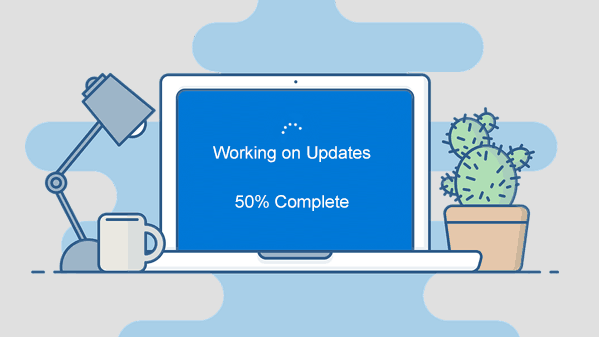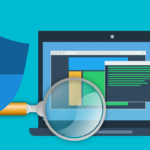Updates Explained
Whenever Microsoft discovers a potential flaw, they push out an update to all Windows computers running a supported version. If set correctly, your computer will check if there’s any updates or patches and install them automatically. In new versions, this usually happens when you’re shutting down or starting up and doesn’t impact your experience at all. Unfortunately, some users will manually disable or delay their updates, creating a risky situation.
The update may include security patches, drivers or a simple tweak to address bugs or issues with Windows. Sometimes, they even include new features or applications to improve the stability of your operating system. They’re a good thing!
Not All Versions Get Updates
Some older operating systems are no longer supported, which means unless there are extenuating circumstances, Microsoft won’t issue any new updates. Not a single one – generally, if cybercriminals discover a flaw after support ends, they’re free to exploit it. For example, Windows XP support ended in 2014, and Windows Vista ended in 2017. The moment an operating system is retired it becomes a playground for cyber-criminals. Still using Windows 7? It will no longer get any security updates after 2020, so it's best to upgrade it to Windows 10.
It’s not just Microsoft walking away from these old versions either. Third-party software like the Google Chrome browser will still work, but they’ve also stopped supporting old versions with crucial updates and patches. It might seem like everything is working fine because your anti-virus isn’t pinging in alarm, but it just becomes a case of risk, upon risk, upon risk. Even the antivirus vendors usually drop support for older operating systems so your computer becomes a very lucrative target for hackers and malware.
What to do with older Windows
As much as you’re comfortable with your older version of Windows, each time you boot up you’re exposing your system, important files, and the entire home or business network. It only takes one weak entry point in the chain to allow malware into all connected devices. That could mean your photo storage, media centre or even smart appliances. It’s not worth it - if you’re running Windows XP or Vista (or older), you need to update to a more modern operating system ASAP. Give us a call to upgrade your computer.







